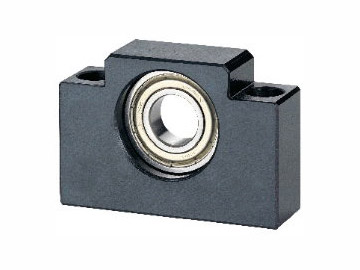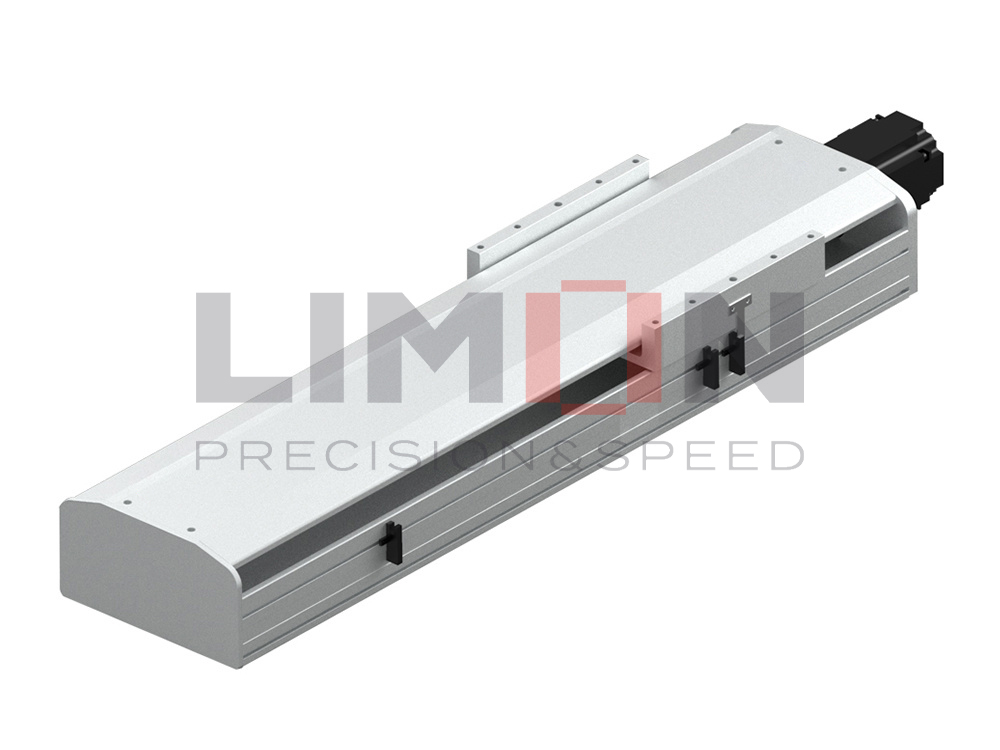Relying on the wrong motor reduces efficiency, increases downtime, and damages systems. Choosing correctly ensures precision, durability, and cost savings. Servo and DC motors differ significantly.
Servo motors offer precision and feedback control, while DC motors provide simplicity and affordability. Understanding their differences helps you select the right motor for your applications effectively.
Let’s explore their functions, pros, cons, and differences in detail.
What is Servo Motor Used for?
A servo motor is widely used in applications that demand precise control of position, speed, and torque. Unlike conventional motors that continuously rotate when powered, a servo motor is designed with an integrated control circuit and a feedback mechanism (typically an encoder or potentiometer) that ensures it follows commands with high accuracy.
Servo motors are essential in robotics, CNC machinery, automated manufacturing systems, and aerospace equipment where precision is critical. For instance, robotic arms need servo motors to position joints accurately, ensuring flawless assembly. Similarly, in medical devices, servo motors control movements with delicate precision to enhance safety and effectiveness.
Beyond industrial use, servo motors are also seen in consumer electronics, such as camera autofocus systems and drones. Their reliability in both small-scale and heavy-duty tasks makes them versatile and indispensable across industries. What sets them apart is not just motion but controlled motion—a defining factor in automation and mechatronics.
Pros and Cons of Servo Motor
Servo motors come with advantages and limitations depending on the application.
Advantages:
-
High Precision: Feedback loops provide exact position and speed control.
-
Efficiency: Capable of operating at varying speeds and loads with minimal energy waste.
-
Reliability: Long service life with proper maintenance.
-
Compact Power: Delivers high torque in a small frame, making them suitable for space-limited applications.
-
Versatility: Ideal for robotics, automation, aerospace, and advanced medical systems.
Disadvantages:
-
Cost: Generally more expensive than simple DC motors.
-
Complexity: Requires controllers and feedback systems, making integration more challenging.
-
Maintenance Needs: Sensitive to dust, heat, or contamination, requiring proper environmental conditions.
-
Overload Protection: Can be less tolerant to sudden high loads without proper design safeguards.
Servo motors are excellent when accuracy and efficiency matter most, but they require careful planning and upfront investment to achieve their full benefits.
Types of DC Motors
A DC motor is a simpler electrical machine that converts direct current into mechanical motion. Unlike servo motors, they do not inherently have feedback systems but are appreciated for their straightforward design. There are several main types:
-
Brushed DC Motor – Traditional design with brushes and a commutator. Known for simplicity and low cost but requires brush replacement over time.
-
Brushless DC Motor (BLDC) – Uses electronic commutation instead of brushes, resulting in longer life and higher efficiency. Common in fans, hard drives, and electric vehicles.
-
Shunt DC Motor – Field windings are connected in parallel to the armature, providing stable speed under varying loads.
-
Series DC Motor – Field windings are connected in series with the armature, giving high starting torque. Commonly used in cranes and elevators.
-
Compound DC Motor – Combines characteristics of series and shunt motors, offering both good starting torque and stable operation.
The diversity of DC motors makes them suitable for different applications ranging from toys and appliances to heavy machinery.
Pros and Cons of DC Motor
Like servo motors, DC motors come with their own set of strengths and weaknesses.
Advantages:
-
Simplicity: Easy to use and control, especially brushed motors.
-
Affordability: Lower upfront cost compared to servo motors.
-
Variety: Availability of different types for varied applications.
-
High Starting Torque: Particularly useful in cranes, elevators, and traction systems.
-
Ease of Maintenance (Brushed Models): Easy to repair or replace components.
Disadvantages:
-
Limited Precision: Without additional sensors, DC motors cannot achieve accurate positioning.
-
Wear and Tear: Brushed DC motors require frequent maintenance due to brush and commutator wear.
-
Lower Efficiency: Compared to servo motors, they can waste more energy in continuous operations.
-
Lifespan Limitations: Mechanical wear parts reduce longevity in high-duty applications.
-
Control Limitation: Cannot inherently provide feedback-based closed-loop control.
In summary, DC motors are excellent for cost-effective and straightforward systems but are not suited for highly precise or feedback-demanding applications.
Comparing DC Motor & Servo Motor
When comparing a DC motor with a servo motor, the primary distinction lies in control, precision, and application scope.
-
Precision Control: Servo motors integrate a closed-loop system that allows exact control of position, speed, and torque. In contrast, standard DC motors operate in an open-loop manner unless external sensors and controllers are added.
-
Application Range: Servo motors are used in robotics, CNC machines, aerospace, and automation systems where accuracy is non-negotiable. DC motors dominate cost-sensitive and torque-intensive industries like automotive starters, toys, and small appliances.
-
Cost Factor: Servo motors are more expensive due to their complexity, but they save costs in long-term performance and accuracy. DC motors are cheaper upfront but can have higher long-term maintenance expenses.
-
Durability and Maintenance: Brushless DC motors rival servo motors in longevity but lack the same inherent feedback mechanisms. Brushed DC motors, however, require more frequent maintenance.
-
Energy Efficiency: Servo motors generally operate more efficiently under variable loads because of precise control. DC motors can be less efficient, especially under fluctuating demands.
Comparative Table
| Feature | Servo Motor | DC Motor |
|---|---|---|
| Control | Closed-loop with feedback | Open-loop (feedback requires add-ons) |
| Precision | High accuracy in torque, speed, position | Limited without sensors |
| Cost | Higher initial investment | Lower upfront cost |
| Maintenance | Low (mainly environment control) | High for brushed models |
| Applications | Robotics, CNC, aerospace, automation | Toys, vehicles, cranes, simple devices |
| Efficiency | High under variable loads | Moderate to low depending on type |
This side-by-side comparison illustrates why servo motors are chosen when accuracy matters most, while DC motors remain practical for simpler, cost-effective projects.
Conclusion
Servo motors excel in precision and feedback, while DC motors offer simplicity and affordability—choosing depends on application needs.For further questions please contact [email protected]




